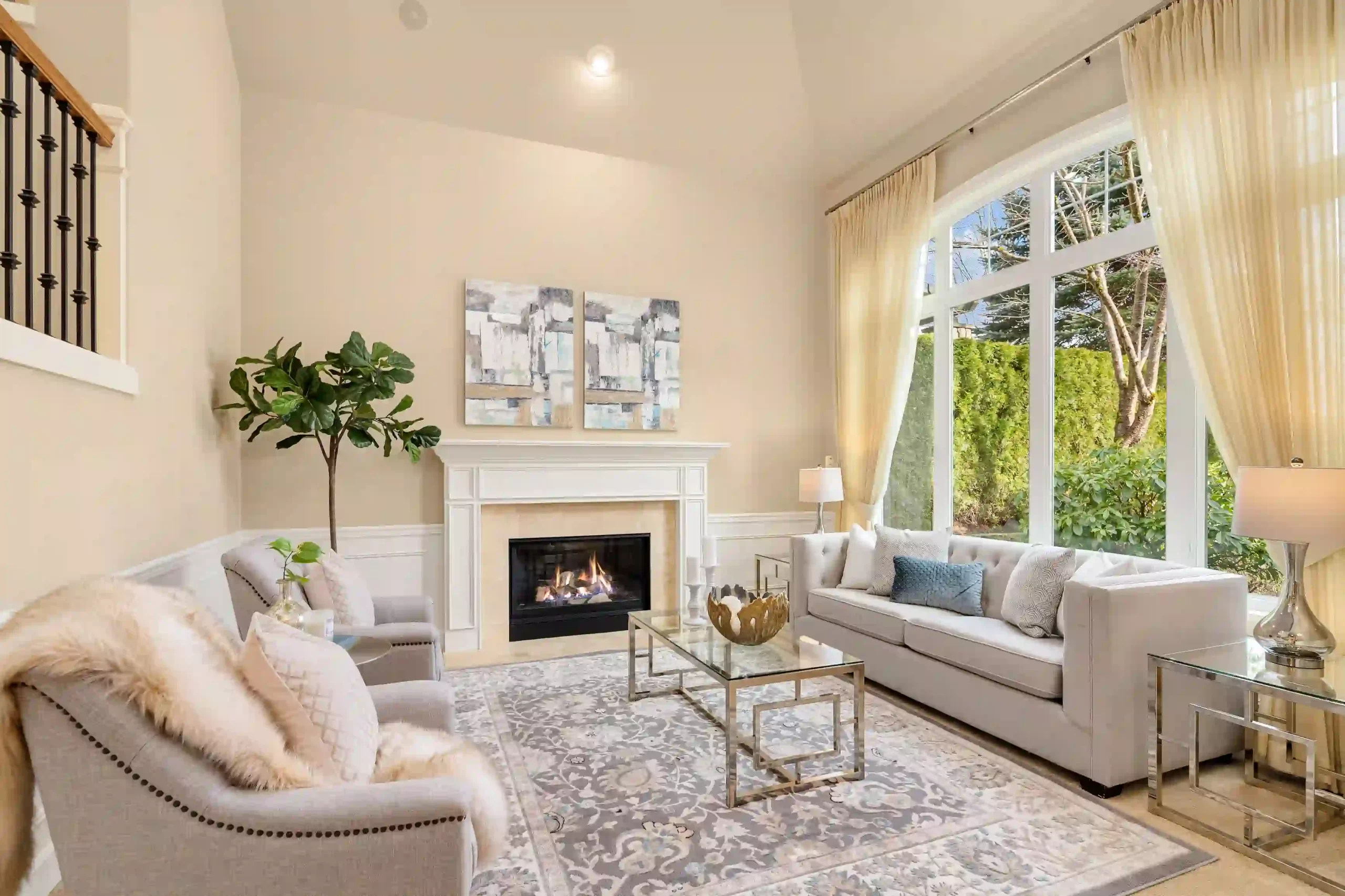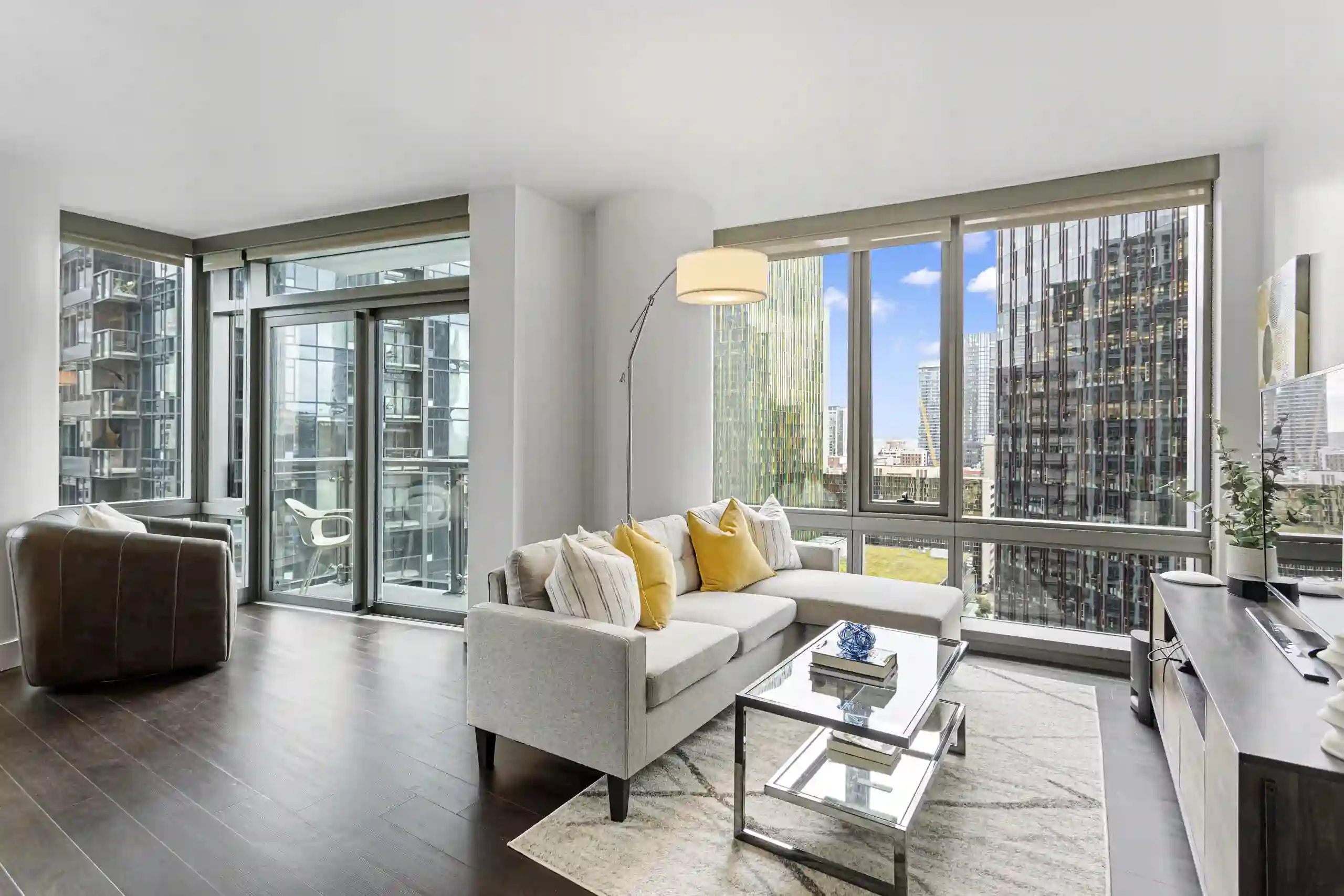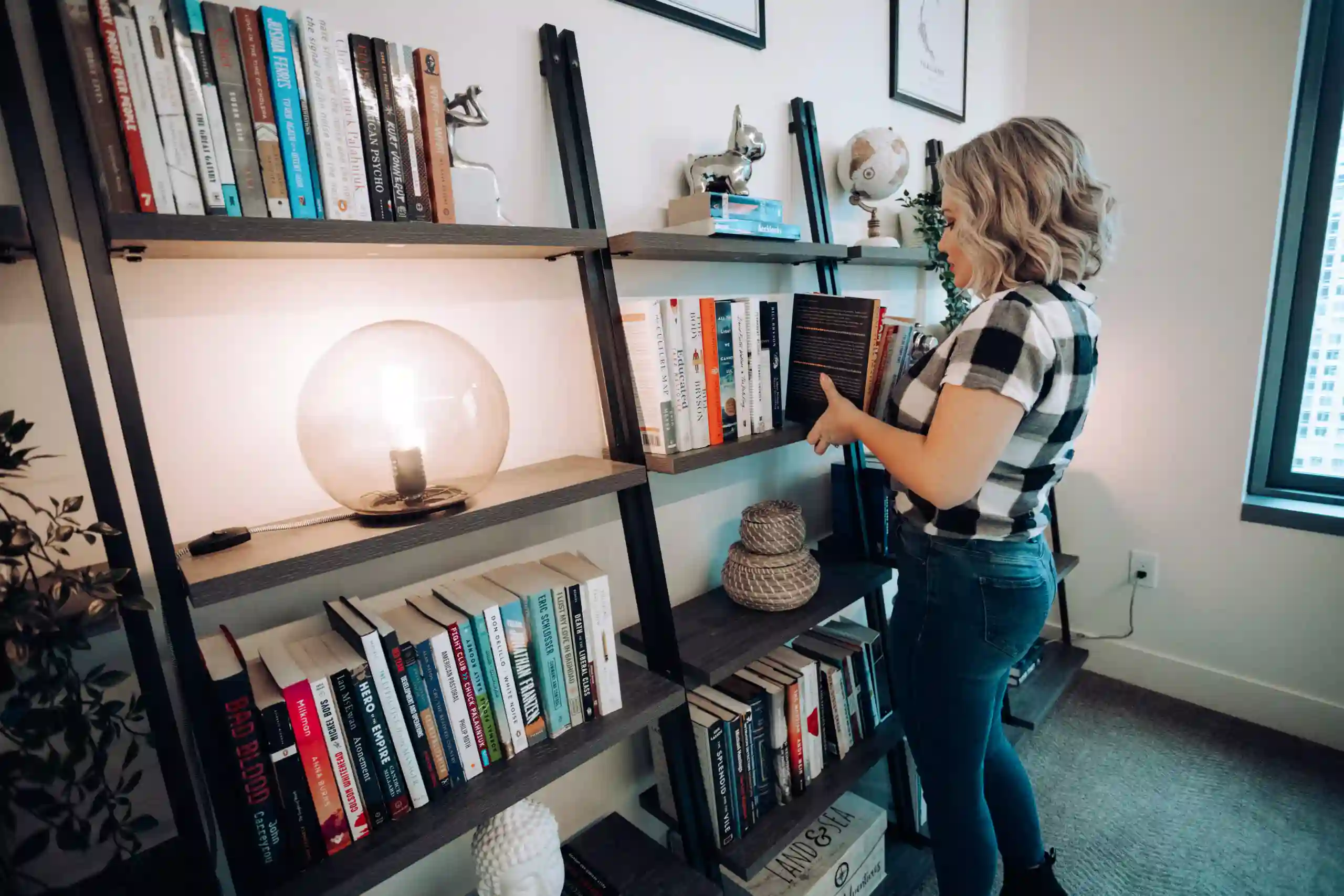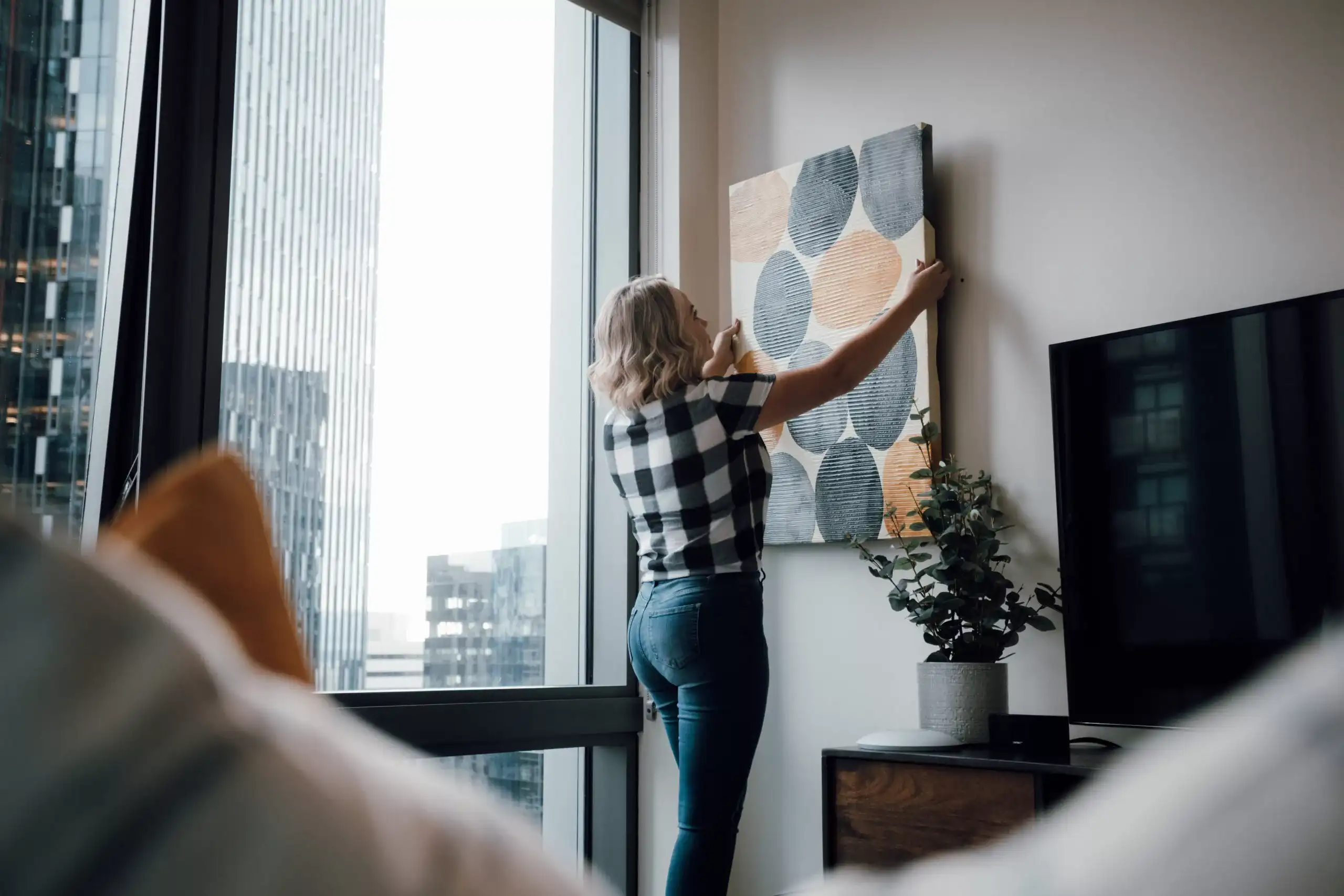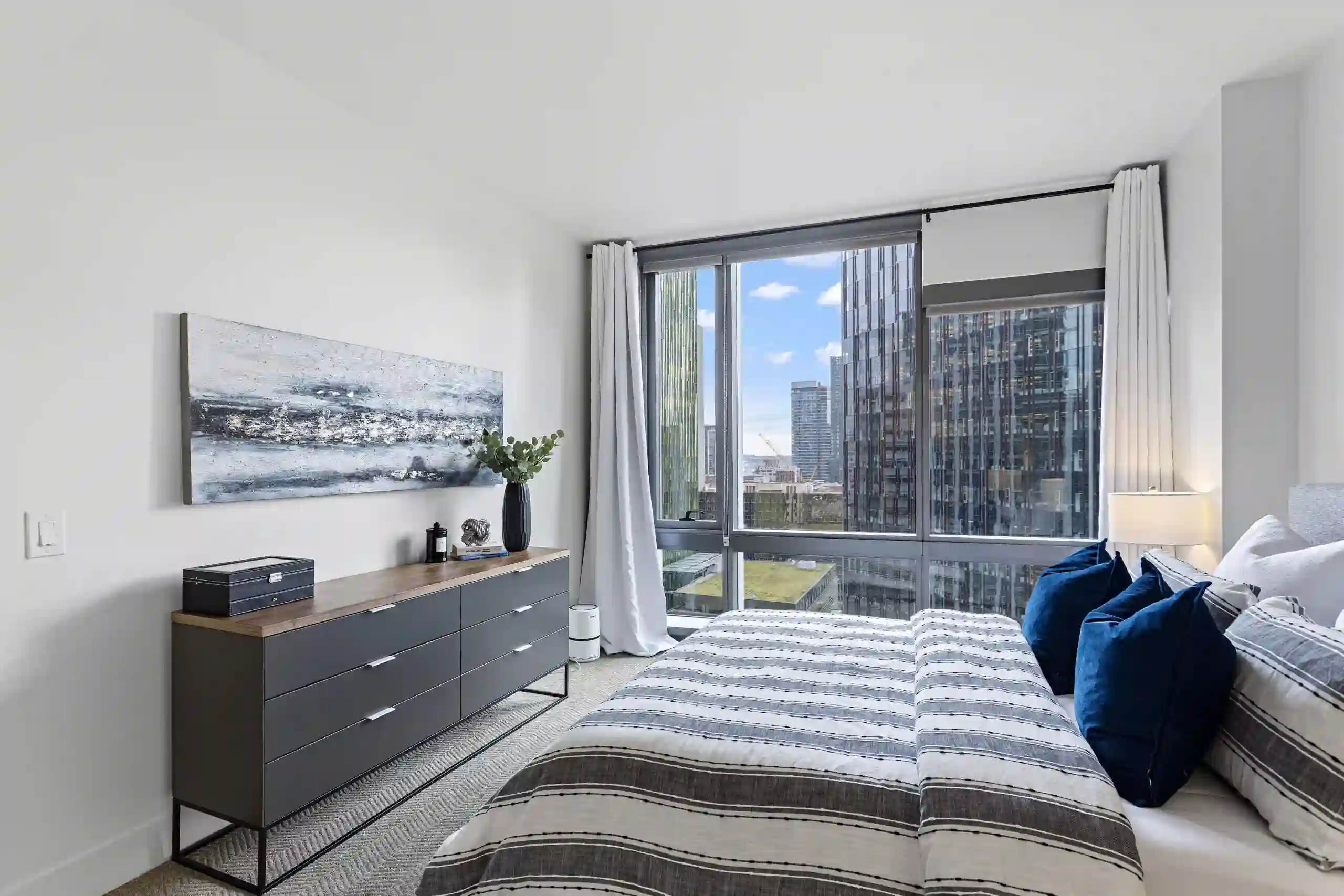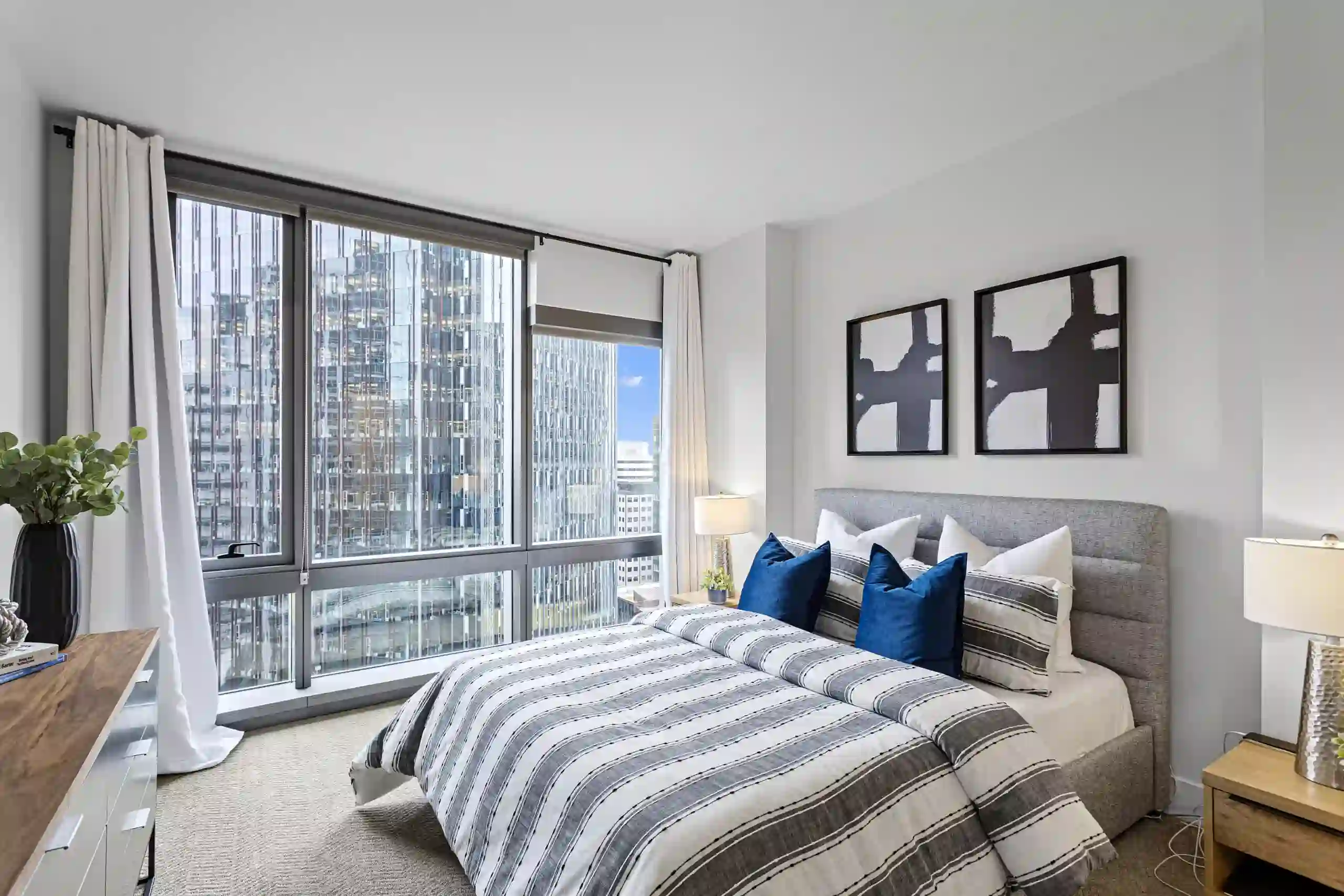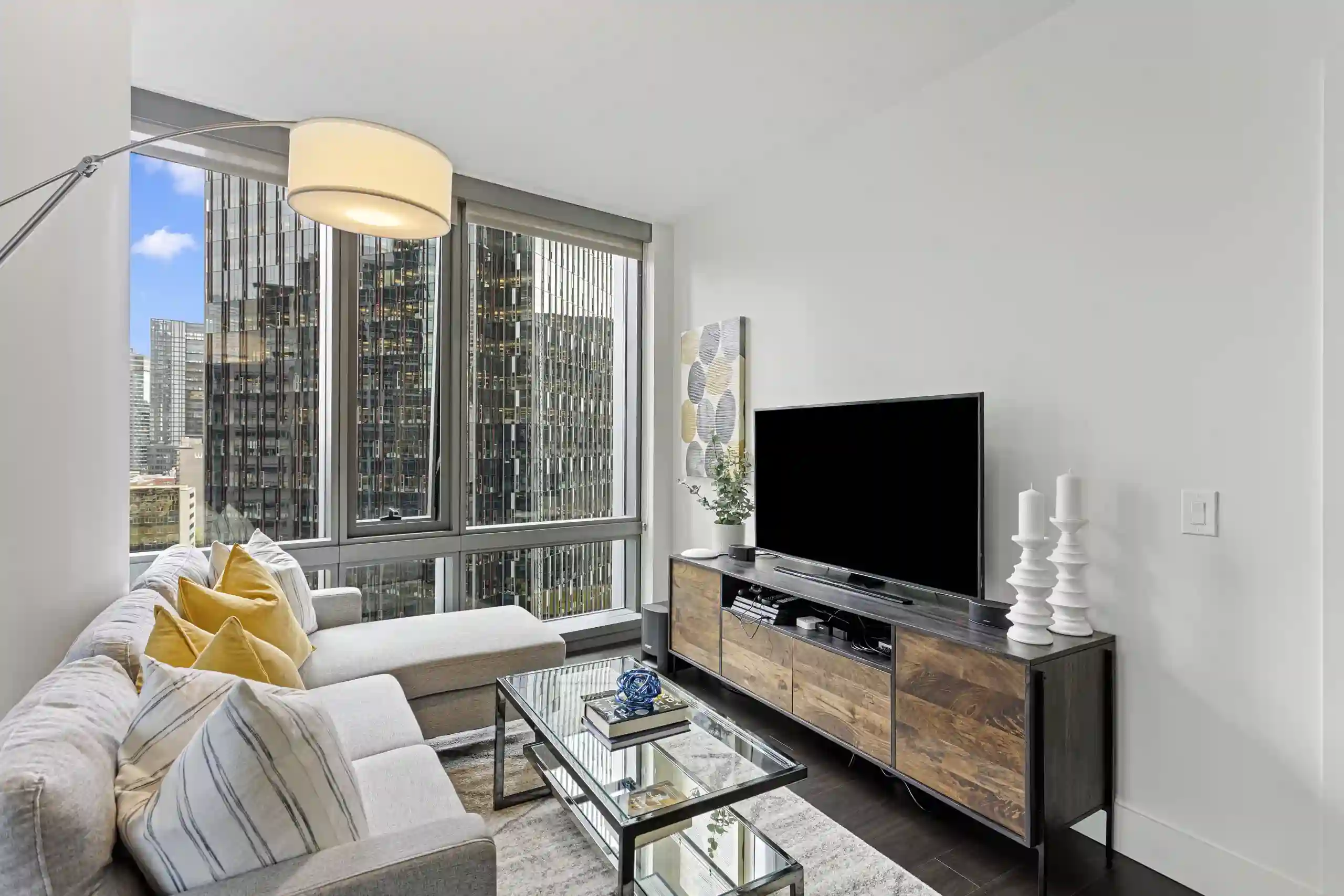The Importance of Interior Designers in Construction Projects
In the intricate world of construction, where form meets function and aesthetics intertwine with practicality, the role of interior designers emerges as a vital force shaping the built environment.
The importance of interior designers in construction projects goes beyond decoration; it is a strategic coalition that bridges the gap between architectural vision and the functional needs of occupants.
Interior designers stage spaces, crafting environments that harmonize with the architectural framework while ensuring optimal functionality and user experience. Their expertise extends far beyond the selection of color palettes and furnishings; they are the masterminds behind the integration of design elements, creating spaces that resonate with beauty and purpose.
Interior designers are critical in enhancing a project’s overall appeal and value. They possess a keen understanding of spatial planning, ergonomics, and human psychology, translating these insights into designs that cater to the diverse needs of occupants.
To learn more about the role interior design plays, keep reading!
Collaboration With Contractors and Architects
Interior designers play a crucial role in executing a construction or renovation project by offering valuable suggestions and collaborating effectively with contractors and architects. Their expertise extends beyond aesthetics-they encompass a deep understanding of spatial functionality, material selection, and overall design coherence.
One key aspect of an interior designer’s contribution is their ability to bridge the gap between the architectural vision and the practical aspects of construction. They work closely with architects to ensure that the interior spaces align with the overall design intent, considering factors such as: lighting, acoustics, and traffic flow. By actively participating in early discussions with architects, interior designers contribute to creating cohesive and harmonious spaces.
Collaborating with contractors is another step of an interior designer’s role. They provide detailed design plans and specifications, working hand-in-hand with contractors to address all potential challenges during the construction phase. This collaborative approach ensures that the design concept translates accurately into the built environment, meeting all aesthetic and functional requirements.
Furthermore, interior designers can offer valuable insights into material choices, helping contractors select options that align with the design vision and meet practical considerations such as durability and maintenance. This collaboration results in a more efficient construction process and a final product smoothly integrating architecture and interior design. In essence, interior design and construction companies act as facilitators, ensuring open communication and a shared vision among all stakeholders involved in the project.
Interior Designers Ensure Your Plan’s Maximized for Functionality
Interior designers are crucial for optimizing spaces for functionality, ensuring every square foot of a home or office is used to its fullest potential. Their expertise goes beyond mere aesthetics, encompassing a deep understanding of how people interact with their environments and how to tailor spaces to meet specific needs.
From the initial conceptualization phase, interior designers focus on creating layouts prioritizing functionality while maintaining a sense of style. They consider the client’s lifestyle, preferences, and daily activities to design spaces that enhance efficiency and comfort. This process involves thoughtful placement of furniture, effective space planning, and the integration of storage solutions to minimize clutter and maximize usable space.
Interior designers are adept at identifying and addressing potential challenges within a space, such as awkward layouts or limited square footage. Through strategic design decisions, they can transform restrictive areas into functional and aesthetically pleasing spaces. This strategy includes optimizing traffic flow, ensuring proper lighting, and selecting furnishings that serve both practical and stylistic purposes.
By incorporating elements like multifunctional furniture and innovative storage solutions, interior designers enhance the usability of each room. Whether a compact urban apartment or a sprawling residence, the goal is to make the most of every inch while maintaining a cohesive and visually appealing design. Ultimately, an interior designer’s keen eye for functionality manifests breathtaking spaces while continually supporting the needs and activities of the individuals inhabiting them.
Interior Design Streamlines Projects, Saving Valuable Time
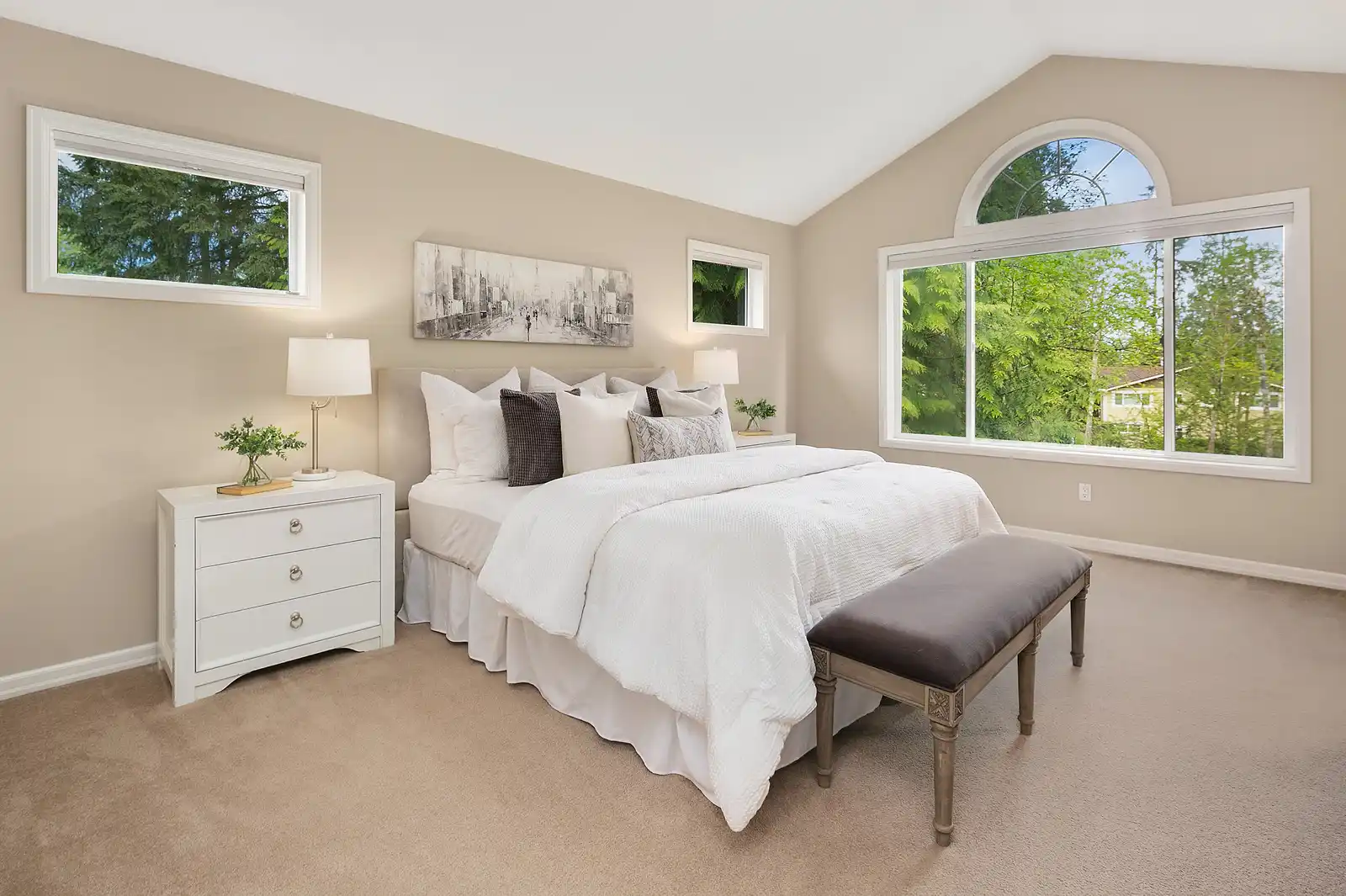
Engaging an interior designer for your project can significantly simplify the entire process, saving you precious time and ensuring a smoother journey from concept to completion. Interior designers bring a wealth of knowledge and experience, allowing them to navigate the complexities of design, procurement, and project management efficiently.
Interior designers work closely with clients to understand their preferences, lifestyle, and project goals. This initial collaboration helps crystalize a clear vision for the design, allowing for a more streamlined decision-making process as the project progresses.
By providing a well-defined roadmap and presenting curated design options, interior designers eliminate the need for clients to spend excessive time deliberating over numerous choices.
Moreover, interior designers have established networks with suppliers, artisans, and contractors. This network allows them to efficiently source materials, furniture, and decor items, saving clients the hassle of extensive research and negotiation.
Industry connections often lead to access to exclusive resources, ensuring that the project benefits from high-quality materials and finishes. Regarding project management, interior designers excel in coordinating various elements, schedules, and stakeholders. Their organizational skills and attention to detail contribute to the timely execution of tasks, preventing delays and potential setbacks in the interior design of a house. This proactive approach saves time and fosters a stress-free experience for clients, allowing them to focus on other aspects of their lives while the project progresses smoothly.
An Interior Designer Can Help Manage Costs Effectively and Safeguard Investments
Hiring an interior designer is a strategic investment that can save money and safeguard your overall project investment. While some may view interior designers as an additional expense, their expertise can lead to cost-effective decisions, preventing potential mistakes and ensuring a wise allocation of resources.
Interior designers bring a keen understanding of budget management to the table. Through careful planning and analysis, they can help you set realistic budget expectations and identify cost-effective alternatives without compromising construction and interior design quality. Their industry knowledge and established relationships with suppliers often result in access to discounts and trade pricing, allowing clients to acquire high-quality materials and furnishings at a lower cost.
Additionally, interior designers are trained to identify traps and prevent costly mistakes. Their attention to detail during the planning and execution phases minimizes the risk of design errors or construction issues that could lead to expensive revisions later on. This proactive approach saves money and ensures a smooth and efficient project timeline.
In addition, investing in an interior designer protects your overall project investment by receiving a well-designed design that maximizes the value of every dollar spent. The designer’s ability to balance aesthetics, functionality, and budgetary constraints contributes to a final result that meets your expectations and represents a wise financial decision.
Interior Designers Alleviate Various Logistical Challenges
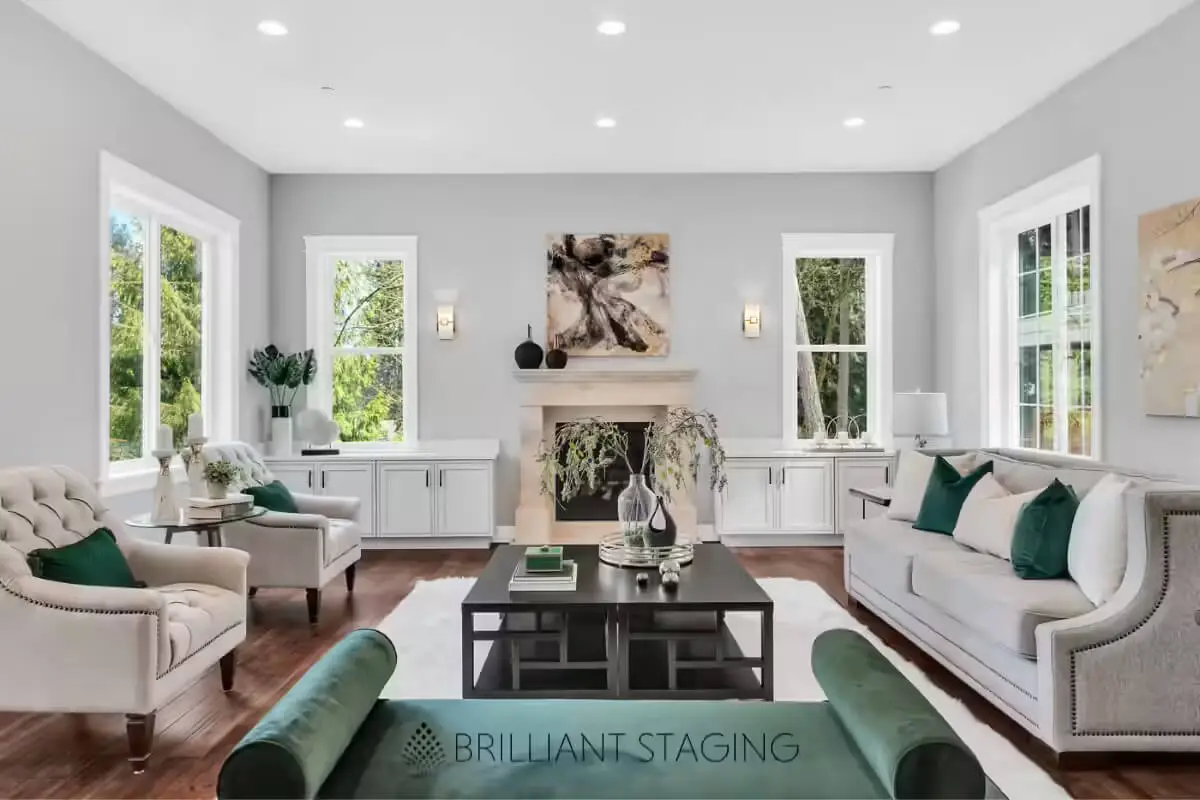
Hiring an interior designer can alleviate many logistical challenges associated with interior design and construction projects, providing a smoother and more stress-free experience. These professionals are well-versed in handling the intricate details of a project, from initial conceptualization to the final finishing touches.
One of the primary challenges an interior designer helps navigate is the overwhelming array of choices available in the market. With an extensive knowledge of materials, finishes, and furnishings, designers can narrow down options based on your preferences, budget, and project requirements. Having a qualified professional helps simplify the decision-making process and prevents the potential for costly mistakes.
Logistical coordination is another area where interior designers excel. They act as the central point of contact between various stakeholders, including architects, contractors, and suppliers. This contact ensures clear communication, preventing misunderstandings and delays in the project timeline. Designers also manage timelines and schedules, proactively addressing potential setbacks and keeping the project on track.
Additionally, interior designers possess the expertise to address spatial challenges, making the most of available square footage. Their skill in space planning optimizes layouts for functionality and flow, overcoming logistical hurdles related to awkward room configurations or limited space.
By handling these logistical aspects, interior designers save you time and effort, allowing you to focus on enjoying the creative process and the final result. Their ability to navigate complexities, anticipate challenges, and provide effective solutions makes them invaluable partners in ensuring a successful and well-executed interior design project.
Interior Designer For Your Construction Project BSD Seattle
What is the role of an interior designer in building construction? Choosing an interior designer from Brilliant Staging Seattle for your construction project proves to be a decision that goes beyond mere aesthetics. Their role extends to optimizing functionality, streamlining processes, and safeguarding your investment. With a focus on efficient space utilization, strategic planning, and a keen eye for design, BSD Seattle’s interior designers contribute to a smooth and stress-free project experience. Contact us today and ensure success and long-term satisfaction with the constructed environment.

